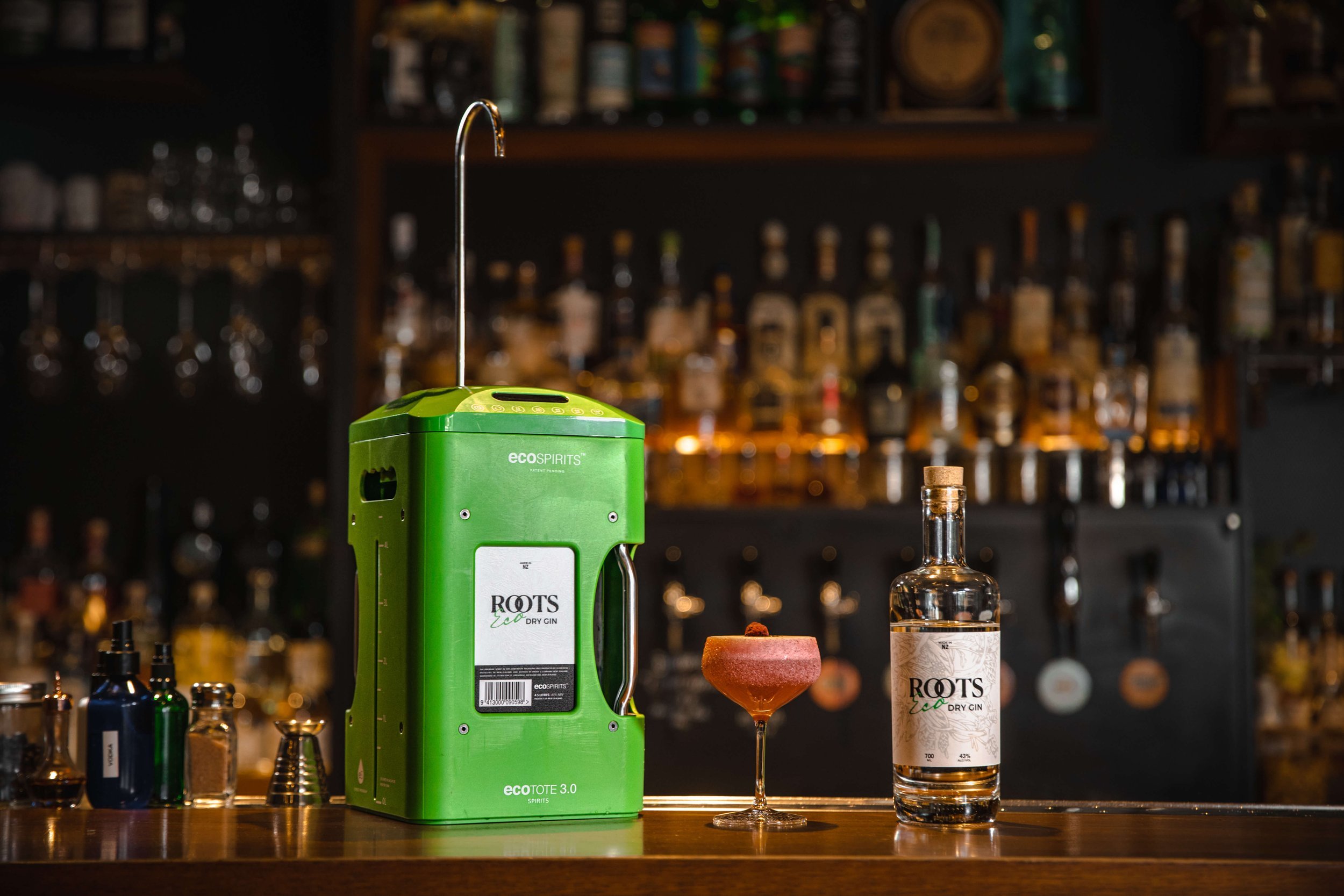
Closing the Loop (Part 3): Circularity in Drinks Production – Beyond the Bottle
Over the past few weeks, together we've explored the fundamentals of the circular economy, then delved into the most discussed area of conversation: packaging – first with reuse and refill systems with practical, live examples, and then by examining smart design for maximising the recyclability of glass and aluminium. These are vital steps, but a truly circular approach for the drinks industry extends far beyond fancy packaging.
Today, we look inward, to within the walls of our breweries, distilleries, and wineries to uncover how these circular principles can transform production, turning potential waste streams into valuable resources and managing our most precious natural capital: water.

Closing the Loop on Packaging (Part 2): Smart Design for Recyclability & Material Innovation
Welcome back to our "Closing the Loop" series. In the first article, we defined the circular economy and its vital importance for the drinks industry, particularly with new regulatory landscapes like Deposit Return Schemes (DRS) and the EU's Packaging and Packaging Waste Regulation (PPWR) shaping our future. Last week we explored the power of reuse and refill models – strategies that sit highest on the waste hierarchy.
However, we recognise that for many applications, single-use packaging remains, for now, a widespread reality. So, if we are using packaging designed for a single primary use – predominantly glass bottles and aluminium cans in our industry – how do we ensure it has the best possible chance of staying in circulation, contributing to a circular economy rather than becoming waste? The answer lies in designing for recyclability and embracing material innovation specifically for these materials.

Closing the Loop on Packaging (Part 1): The Power of Reuse & Refill in Drinks
In our previous article, we set the stage for our "Closing the Loop" series, defining the circular economy and highlighting its deep relevance – and historical roots – within the drinks industry. We established that moving beyond the wasteful 'take-make-use-lose' model is not just an environmental imperative but increasingly a regulatory and commercial necessity, driven by factors like upcoming Deposit Return Schemes (DRS) and EU regulations (PPWR).
For this article let’s turn to the most tangible aspect for many drinks businesses: packaging. While designing for recyclability is important (which we'll cover in Part 2), the principles of circularity urge us to prioritise strategies that keep materials in use at their highest value for longer. This means putting Reuse and Refill models centre stage.

Closing the Loop: Why the 'New' Circular Economy is a Return to Smarter Systems for Drinks
Over the past month, we've focused heavily on the implications of the DMCC Act and the critical need for transparent, substantiated environmental claims. Getting communication right is vital, but it must be underpinned by genuine action and sustainable operational models. This leads us naturally to our next topic, a theme I believe is fundamental to the future resilience and responsibility of the drinks sector: The Circular Economy.
We often talk about the circular economy as a 'new' model, a necessary shift away from the dominant linear system of take resources, make products, use them, and the lose the resources. This 'take-make-use-lose' approach, born largely from post-industrial revolution abundance and the rise of consumer convenience culture, is inherently wasteful and unsustainable. The drinks industry, reliant on agriculture, water, energy, and significant packaging volumes, is deeply embedded within it.
But calling the circular economy 'new' overlooks a crucial historical truth and ignores successful systems operating right now.
